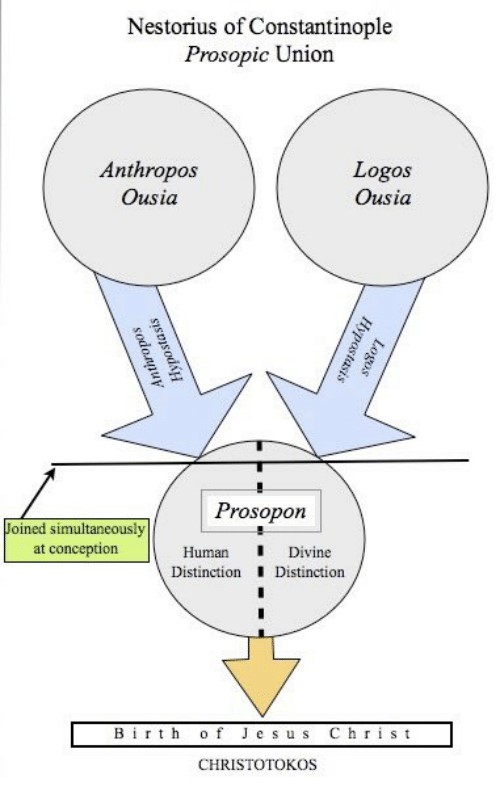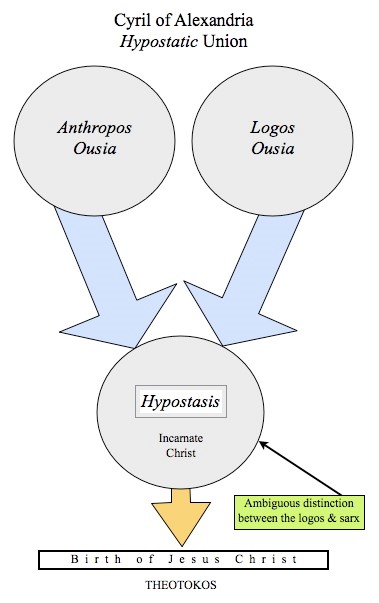2) In 1970, 1.4 million of those 4.1 million people lived in the four core cities of Cleveland, Akron, Canton, and Youngstown.
Today, barely 700,000 of the 3.8 million people live in those four cities.
3) The region was once a model of working-class prosperity. It was an exemplar of how people who didn't have a college degree could support their families, earn a good salary with good benefits, and have a stable middle-class existence.
4) In 1960, median household income in metro Washington D.C. was only 9% higher than in metro Cleveland.
Today, median household income in metro D.C. is 82% higher than in metro Cleveland.
5) This morning, I read that Ohio is poised to break its all-time annual record for drug overdose deaths.
If you look at this great analysis by
@InnovateEconomy you will see that Ohio is one of the worst-performing states in terms of expanding poverty.
https://t.co/ZGoK2qqN1W
6) Much of the spread of concentrated poverty since 1980 has occurred in the very neighborhoods that were once places full of people (black and white) with stable, middle-class jobs that didn't require a college education, and have been systematically destroyed for five decades.
7) They were destroyed, in no small part, by decisions that have been made in Washington, D.C. and on Wall Street, and have had the net-effect of immiserating places like Ohio, while concentrating more wealth and prosperity in fewer places.
8) In 2020, the people of Ohio, just as they did in 2016, gave an 8% margin of victory to Donald Trump.
In 2008, Barack Obama won the 12-county Northeast Ohio region by nearly 400,000 votes.
In 2020, Joe Biden won this heavily-Democratic region by only 92,000 votes.
9) As I said in this post (next tweet), "It doesn’t matter whether you are horrified and scandalized by the willingness of more and more of your fellow Americans to embrace a personality as awful and distasteful as that of Donald Trump when they entered that voting booth."
11) "The fact of the matter is that many people in the working class are angry and mistrustful. They have borne the brunt of this nation’s social and economic decline, as families have disintegrated, communities and neighborhoods have declined. . .
12) . . .and have been ravaged by crime, disinvestment, and drugs; and as blue-collar jobs, pay, and benefits have eroded and have continued to disappear."
13) A lot of people try to explain all of this away - the multi-decade collapse of a once-stable economy and way-of-life here, the concentrating poverty, the urban decline, the drug overdoses.
14) They try to make some sort of theoretical point about how the decisions made by our overlords in D.C. and on Wall Street have actually been beneficial, if you were only smart enough to understand the charts, graphs, and spreadsheets.
15) I'm a data nerd. I love charts, graphs, and spreadsheets. I'm not overly stupid. I understand them perfectly well.
And I live here in urban Ohio. I've lived here for almost 5 decades. I can see what all of this looks like here on the ground.
It doesn't look pretty.
16) Other people don't try to explain any of this away at all. They just don't give a shit. They're perfectly content to watch places like Ohio struggle. Some of them are happy about it because it makes them feel superior; others because they've made a lot money off of it.
17) This isn't a thread about how we need to bring back manufacturing the way that it existed in 1955. It's a thread about the social and economic decline of America's seventh largest state, and about how that should matter to America.
18) My hope is that it will matter to America, and that thoughtful leaders in both parties will begin to work together to do something about the fact that too many people, in too many places, have been left behind.
Because I live here and it matters to me. [end]
























